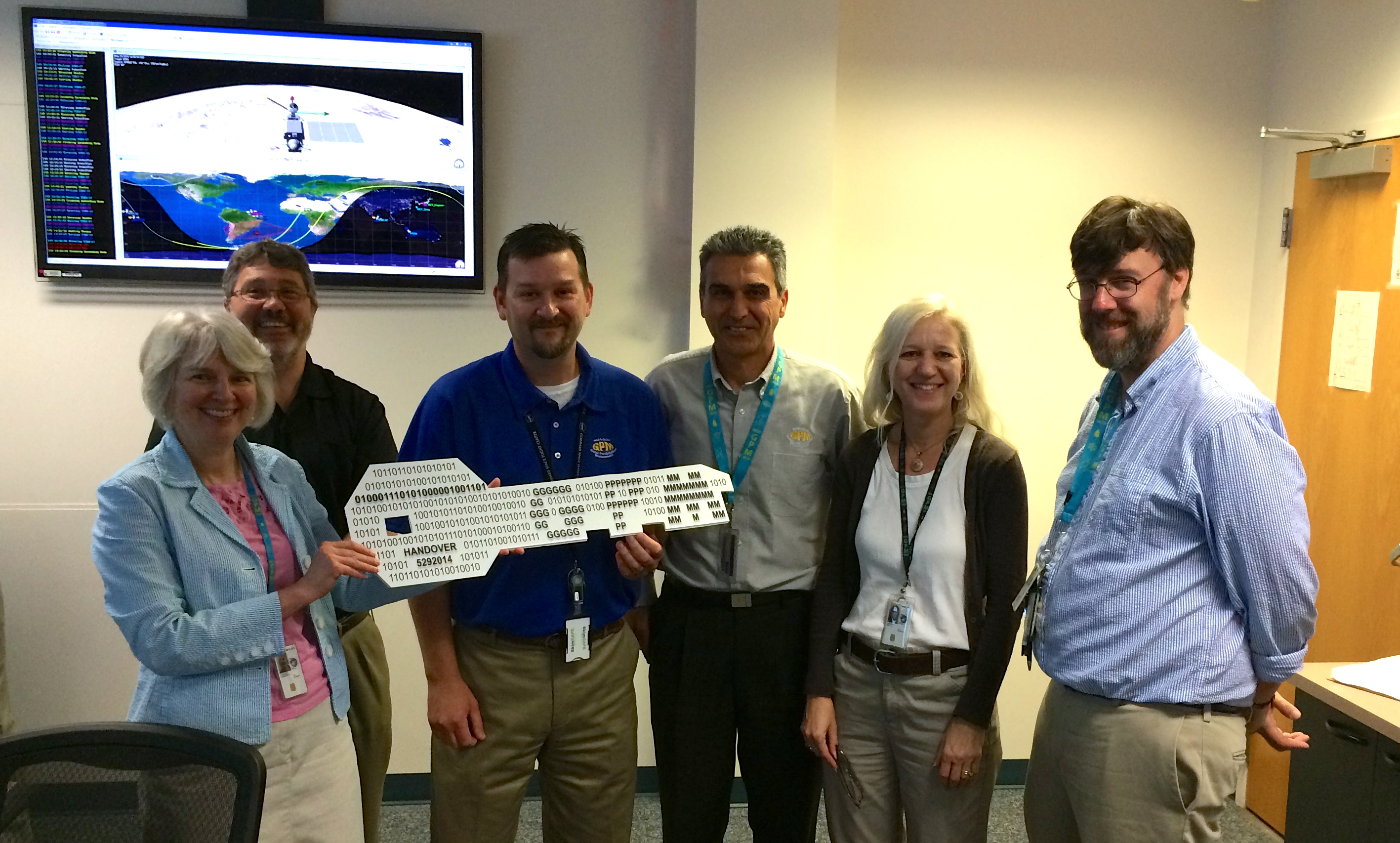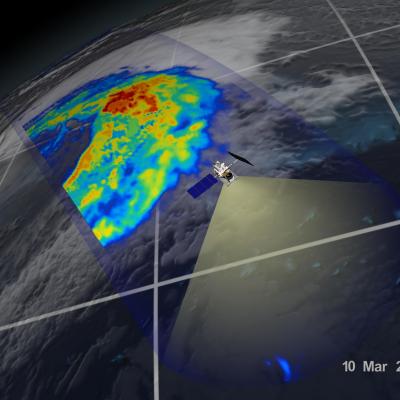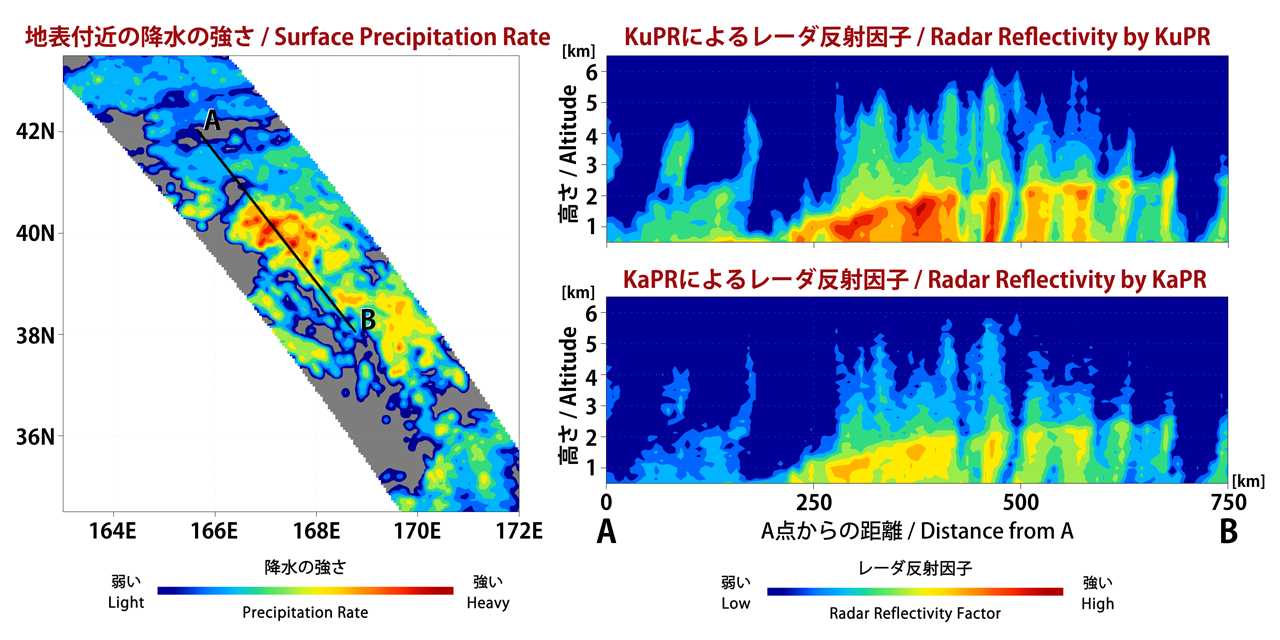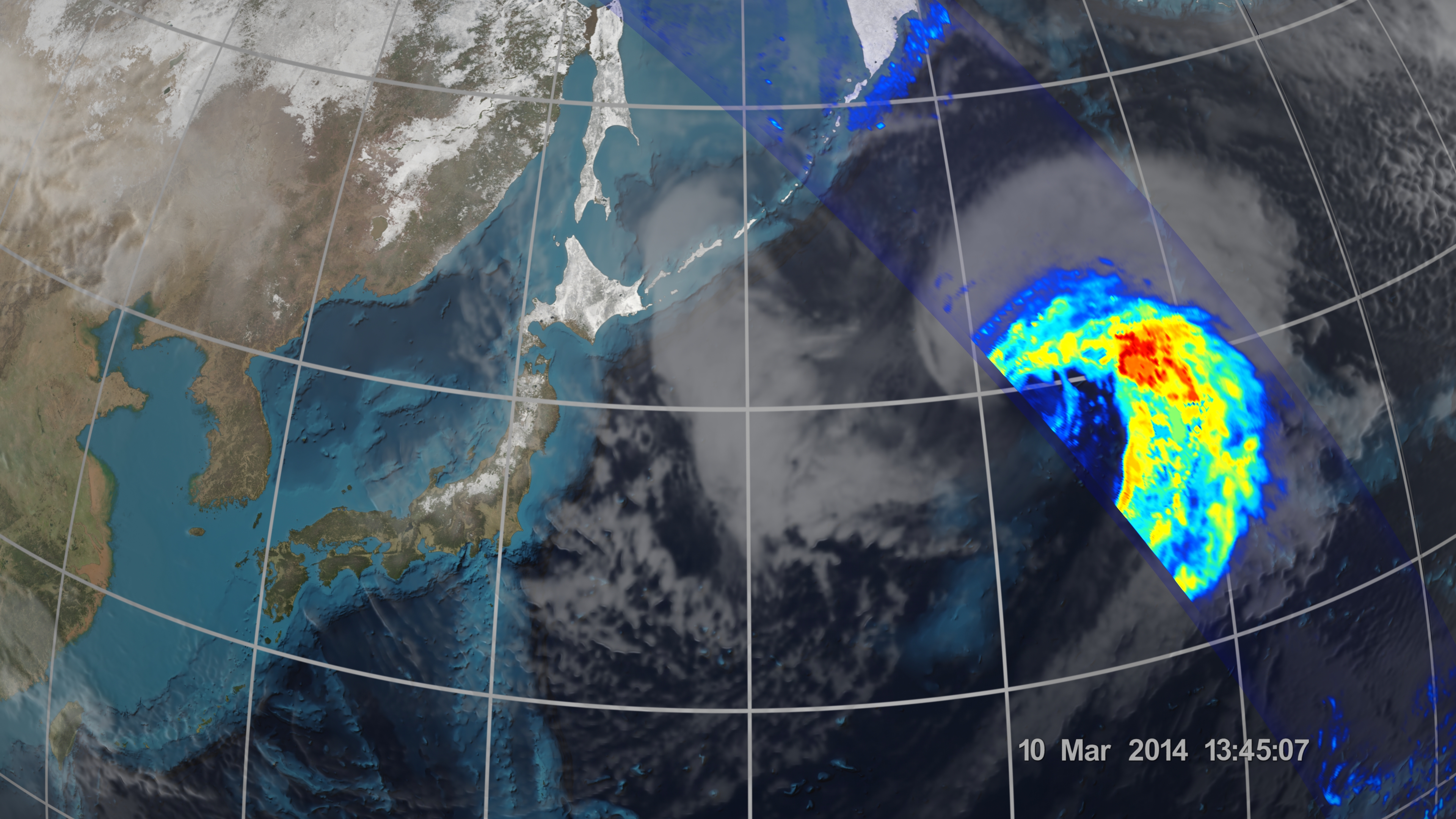Replacement GPM Ka/Ku L1B products (2017-03-19) for orbit 17356
PPS received replacement GPM Ka/Ku L1B products from JAXA and will reprocess the affected data. If you have already obtained products with orbit #17356 from our archive or through a standing order, etc., please discard and use the replacement products. PPS has replaced the following GPM Ka/Ku L1B data: GPMCOR_KUR_1703190533_0705_017356_1BS_DUB_04A.h5 GPMCOR_KAR_1703190533_0705_017356_1BS_DAB_04A.h5 ------------------------------------- PPS will reprocess these affected downstream products shortly. 2A.GPM.Ka.V6-20160118.20170319-S053318-E070552.017356.V04A.HDF5 2A.GPM.Ku.V6-20160118.20170319








